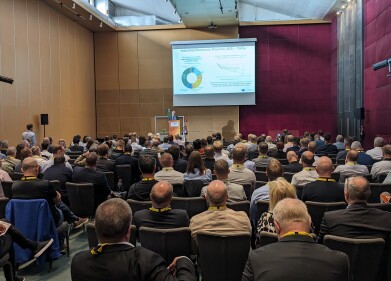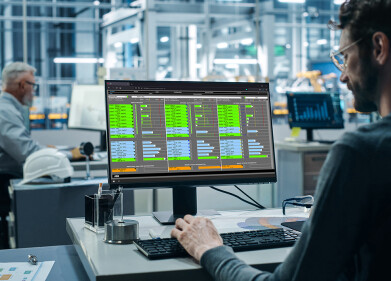-
 The study will take place in subway stations and on street level
The study will take place in subway stations and on street level
Air monitoring
New York study into air pollution dispersal
Apr 26 2013
A new study to be carried out in New York subways should lead to a better understanding of how air pollution - and other airborne contaminants - can move through an urban environment. The study is a partnership between the Department of Energy's Brookhaven National Laboratory and the New York Police Department (NYPD) and will take place in the summer.
The study - being called the Subway-Surface Air Flow Exchange (S-SAFE) - will happen over three non-consecutive days in July. Weather conditions will help to determine what days the tests will be run on and it will be announced to the public before the tests take place. Researchers are aiming to disperse low levels of perfluorocarbon tracer gas at certain street-level and subway locations. Perfluorocarbon gas is harmless to people and the environment. It has been used in many air-flow studies since the 1980s. They are invisible, odourless, inert and non-toxic and have been used in artificial breathing systems - amongst other medical applications.
The movement of the tracer gases will be detected by the 200 sampling devices that will be spread across the subway system and the street. Alongside the Brookhaven scientists, researchers from Argonne National Laboratory and Los Alamos National Laboratory and meteorologists and engineers will help to track the movement of the gases.
As well as giving insight into air pollution, the study will help the NYPD to better understand how other contaminants - whether from an air-based attack or smoke from a fire - will be affected by air-flow. Raymond Kelly, NYPD commissioner, said: "The NYPD works for the best but plans for the worst when it comes to potentially catastrophic attacks as ones employing radiological contaminants or weaponised anthrax." The study should help the NYPD decide where it is most effective to locate CBR detection equipment.
It is hoped - through extensive planning and implementation - that the study will not impact commuters or any other day-to-day public activity. The public will be made aware that clearly-marked boxes will be present in subway stations, carried by researchers and located around streets. These boxes contain the sampling equipment and should be ignored by the general public.
Digital Edition
AET 28.4 Oct/Nov 2024
November 2024
Gas Detection - Go from lagging to leading: why investment in gas detection makes sense Air Monitoring - Swirl and vortex meters will aid green hydrogen production - Beyond the Stack: Emi...
View all digital editions
Events
Jan 12 2025 Abu Dhabi, UAE
Jan 14 2025 Abu Dhabi, UAE
Jan 20 2025 San Diego, CA, USA
Carrefour des Gestions Locales de L'eau
Jan 22 2025 Rennes, France
Safety, Health & Wellbeing LIVE
Jan 22 2025 Manchester, UK


















